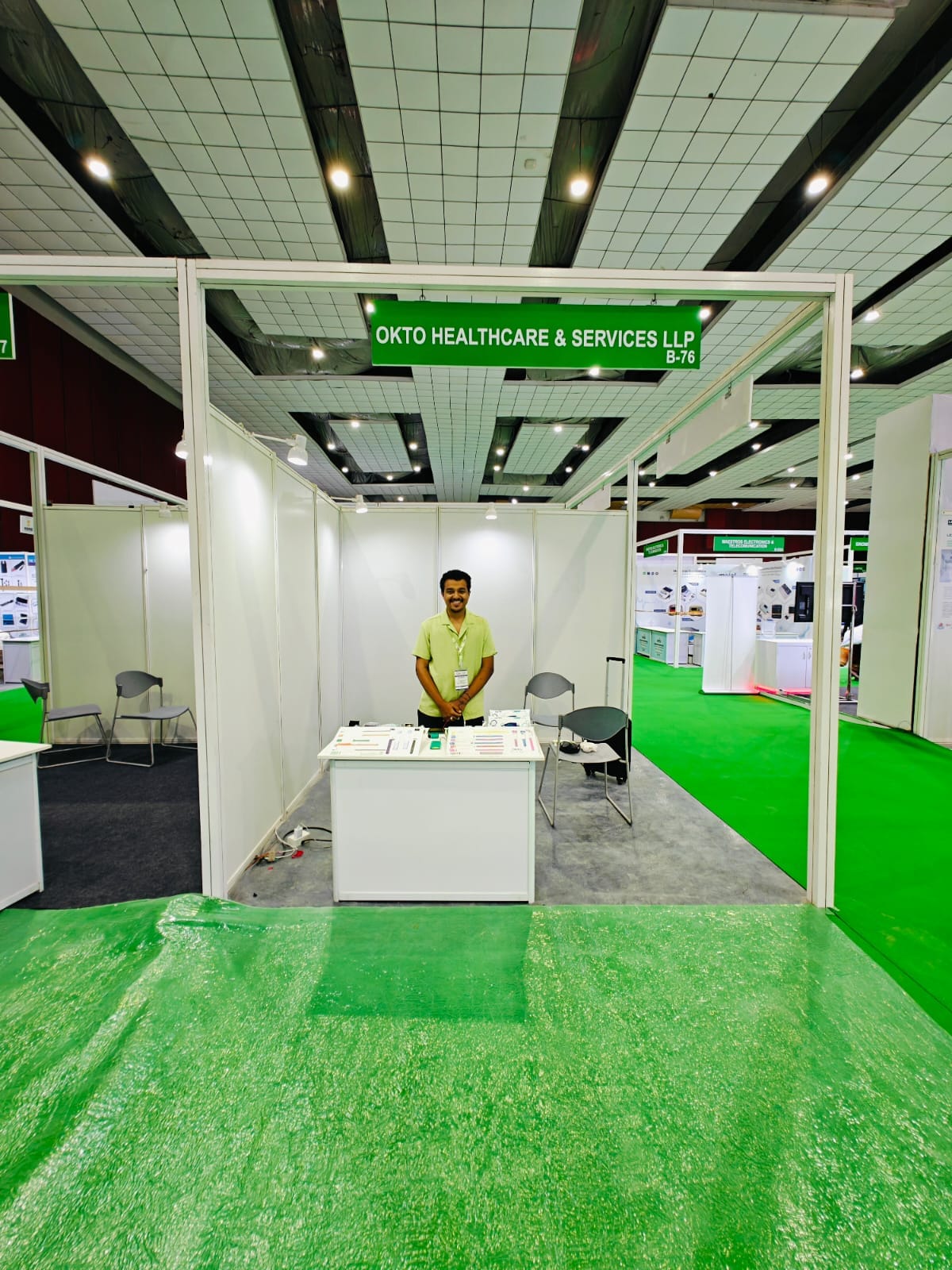Enhancing Safety: The Significance of Client Recognition Bands in Health Care
In the world of healthcare, the effectiveness of individual identification bands can not be overemphasized, as they serve as an essential guard against misidentification and succeeding mistakes. As we check out the diverse role of these bands, it becomes obvious that their importance prolongs past plain recognition, increasing inquiries about finest practices and future innovations in individual safety.
Introduction of Person Identification Bands
Individual identification bands play an essential function in making sure the security and precision of person treatment in medical care setups. These bands, normally endured the wrist or ankle joint, act as a crucial tool for validating individual identification, therefore decreasing the danger of mistakes in therapy, drug management, and other healthcare treatments. Made from long lasting products, patient identification bands often include necessary info such as the person's name, day of birth, clinical record number, and barcodes or QR codes for scanning.
The implementation of client identification bands is crucial in different health care atmospheres, including healthcare facilities, outpatient facilities, and long-term treatment establishments. They contribute to a systematic method in patient administration, enabling medical care specialists to quickly and properly recognize patients, specifically in high-pressure scenarios where swift decision-making is vital.
Moreover, using these bands is aligned with regulative requirements intended at boosting client safety and security - Patient Identification Band. By making certain that each client's information is easily obtainable and conveniently proven, health care companies can keep a high requirement of care, lower the occurrence of damaging events, and promote a society of safety within health care establishments
Benefits of Accurate Recognition
Precise recognition is fundamental to improving client security and care high quality in healthcare setups. It functions as the very first line of protection versus mistakes that might result in adverse client outcomes. By ensuring that each patient is properly recognized via trusted ways, such as individual identification bands, doctor can substantially reduce the danger of misidentification, which can bring about inappropriate therapies, medication errors, and also surgical mix-ups.
Moreover, precise person recognition promotes reliable communication amongst healthcare groups. When all employee can continually determine clients, they can share important details more effectively, bring about far better control of care. This is particularly essential in emergency scenarios where prompt treatments are critical.
Additionally, precise recognition supports compliance with regulative requirements, thereby decreasing the danger of legal effects for medical care facilities. It fosters trust in between people and doctor, as individuals really feel much more safe and secure knowing that their identities are being secured.

Common Challenges Faced
Ensuring effective patient identification in healthcare settings presents a range of obstacles that can endanger safety and security and care quality. Individuals might get here in a state of confusion or distress, making accurate recognition difficult.
Another obstacle is the reliance on human factors in identification treatments. Health care professionals may inadvertently misunderstand or forget recognition procedures, specifically in high-stress atmospheres such as emergency situation departments. This can cause mistakes, consisting of the management of wrong treatments or medicines.
Technological issues also position challenges. Although electronic health and wellness document (EHR) systems are developed to enhance patient identification, system failures or individual mistakes can interrupt the process. The physical design of person ID bands can lead to readability issues, specifically in cases where bands are harmed or obscured.
Lastly, irregular training amongst personnel pertaining to recognition protocols can cause spaces in expertise and technique. Resolving these Check Out Your URL difficulties is essential for improving patient safety and security and guaranteeing that recognition bands offer their desired function successfully.
Finest Practices for Application
To successfully carry out client identification bands in healthcare settings, companies have to take on a multifaceted approach that prioritizes training, standardization, and innovation combination. Standardization includes developing clear protocols for the design, application, and use of recognition bands throughout all divisions. This makes certain consistency and lessens the risk of mistakes linked to differences in band kinds or labeling methods.


Training is crucial for all healthcare team to guarantee they recognize the significance of precise individual identification, just how to effectively use and review identification bands, and the procedures to adhere to in case of inconsistencies. Regular workshops and refresher course courses can enhance this knowledge and advertise a society of safety and security.
Innovation integration plays a pivotal function in enhancing the effectiveness of individual identification bands. Utilizing barcode scanning or RFID technology can improve the recognition process, permitting real-time confirmation of individual identifications. Furthermore, electronic wellness record systems must be set up to include alerts for inequalities in between the identification band and individual information.
Future Trends in Client Safety And Security
As healthcare proceeds to evolve, the focus on client safety is most likely to escalate, driven by innovations in technology and a greater understanding of systemic threats. Emerging fads suggest a shift towards even more integrated systems that utilize data analytics, synthetic intelligence, and artificial intelligence to boost client recognition procedures. These modern technologies can assist recognize potential security concerns before they intensify, therefore minimizing errors linked with misidentification.
In addition, the execution of blockchain innovation might reinvent exactly how patient data is safely shared among doctor, guaranteeing that recognition bands are up-to-date and consistently precise. This will not just boost patient safety and security however additionally help with smooth communication throughout multidisciplinary groups.

In addition, the expanding concentrate on personalized medicine view it is expected to Full Article influence patient security protocols. By including hereditary and demographic information right into recognition systems, medical care specialists can tailor treatments better, lessening the dangers of adverse reactions as a result of misidentification.
Conclusion
Finally, person identification bands work as a vital component in enhancing safety within healthcare settings. By helping with precise patient recognition, these bands significantly minimize the risk of mistakes related to misidentification, improper therapies, and medicine administration. In spite of difficulties in application, adherence to best techniques and the integration of arising innovations can better boost their effectiveness. Ultimately, the ongoing emphasis on durable identification protocols will add to better client results and overall security in medical care settings.
In the world of medical care, the effectiveness of client identification bands can not be overstated, as they offer as a fundamental guard versus misidentification and subsequent errors.Patient identification bands play a crucial function in ensuring the safety and security and accuracy of person treatment in healthcare settings. Made from resilient materials, client recognition bands commonly include crucial details such as the client's name, date of birth, medical record number, and barcodes or QR codes for scanning.
By making sure that each person is correctly determined through trusted means, such as patient recognition bands, medical care service providers can significantly reduce the danger of misidentification, which can lead to unacceptable treatments, drug errors, and also medical mix-ups.
In verdict, patient recognition bands serve as a crucial element in boosting security within health care settings. Patient Identification Band.